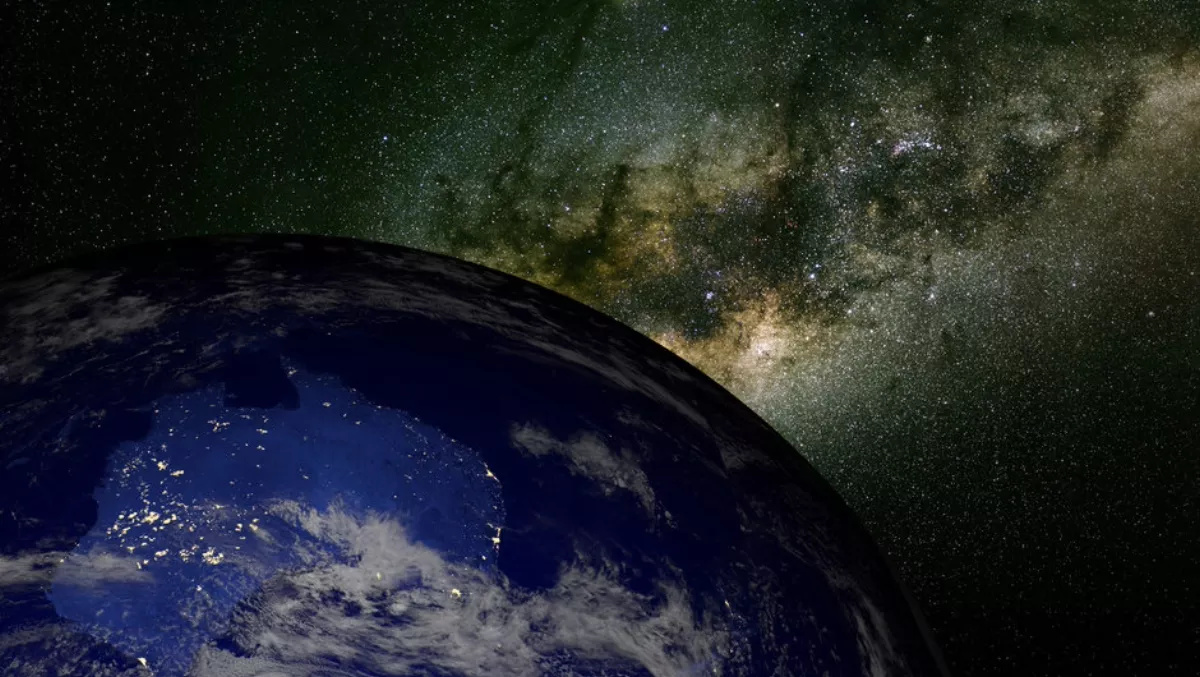
$199m centre to boost Australia's space technologies
The Federal Government will invest $55 million into a new space industry research program that aims to be a 'game changer' for Australia's space economy.
The Cooperative Research Centre for Smart Satellite Technologies and Analytics (SmartSat CRC) will be the cornerstone of space technologies, as it aims to lift Australia's space industry to $12 billion and an extra 20,000 jobs by 2030.
The SmartSat CRC is the result of more than $190 million funding from 84 research and industry partners, one of which is the University of South Australia.
Professor Andy Koronios says the global space economy is worth more than $500 billion, but only with serious investment and research.
"Australia has had a strong pedigree and a long history in space with excellent scientific capabilities in instrumentation and communications technologies but until now, the research has not been brought together to build a new industry for Australia, and to capitalise on the exponential growth of the global space economy," says Koronios.
"Our goal in bringing together the bid for SmartSat, was to show the huge potential and capacity there is in Australia to make an impact globally by developing leapfrogging technologies in areas where we have some of the best expertise on the planet – AI, advanced communications and remote sensing analytics.
He notes that Australia has a small space footprint for such a large country – but it can't relate on other countries to serve Australia's needs.
Australia was the third nation to launch a satellite into space; however a lack of funding and uncoordinated efforts have left Australia playing catch up.
The SmartSat CRC will ensure Australia can execute a technological leap-frog to deliver smart satellite systems that are Australian designed, owned and operated and that will deliver the nation real-time connectivity, surveillance and sensing capability over land and sea, earth observation data to monitor climate and development, and the power to drive industry innovation and the growth of the Internet of Things.
"For example, through their advanced remote sensing capabilities with satellites passing over Australia every day, other nations have the ability to predict our crop yields before we can. As we advance at a pace to an era of machine-to-machine communications and the Internet of Things satellites are becoming central," says Koronios.
The University of South Australia is not the only Australian organisation that is hailing the program. FrontierSI CEO Graeme Kernich speaks about his company's role.
"We will apply our expertise, working alongside the SmartSatCRC, to ensure the research is looked at through the widest lens, creating further demand for Earth observation data and analytics across agriculture, mining, logistics and environmental management of natural disasters, such as fire and floods," he says.
"This will make the work of the CRC and the importance of space research real, connecting technology to users and importantly maximising our use of space for the benefit of the Australian people and economy.
Partners in the CRC include global companies such as AIRBUS, BAE, MDA, Northrop Grumman, Saab, SciSys, Dassault Systems, and THALES; Australian companies - Nova Systems, OPTUS, SHOAL, and FrontierSI; Australian startups - including X-Lab, Myriota, Fluorosat, Fleet, Innovor, Lyrebird, Delta-V; Australian universities and research organisations – ANU, UNSW, RMIT, Swinburne, QUT, Curtin, CSIRO, DST, La Trobe, the Universities of Queensland, Adelaide, Western Australia and Western Sydney; and international collaborators, UCL, Catapult, NASA, the European Space Agency and the National University of Singapore, among many others.


